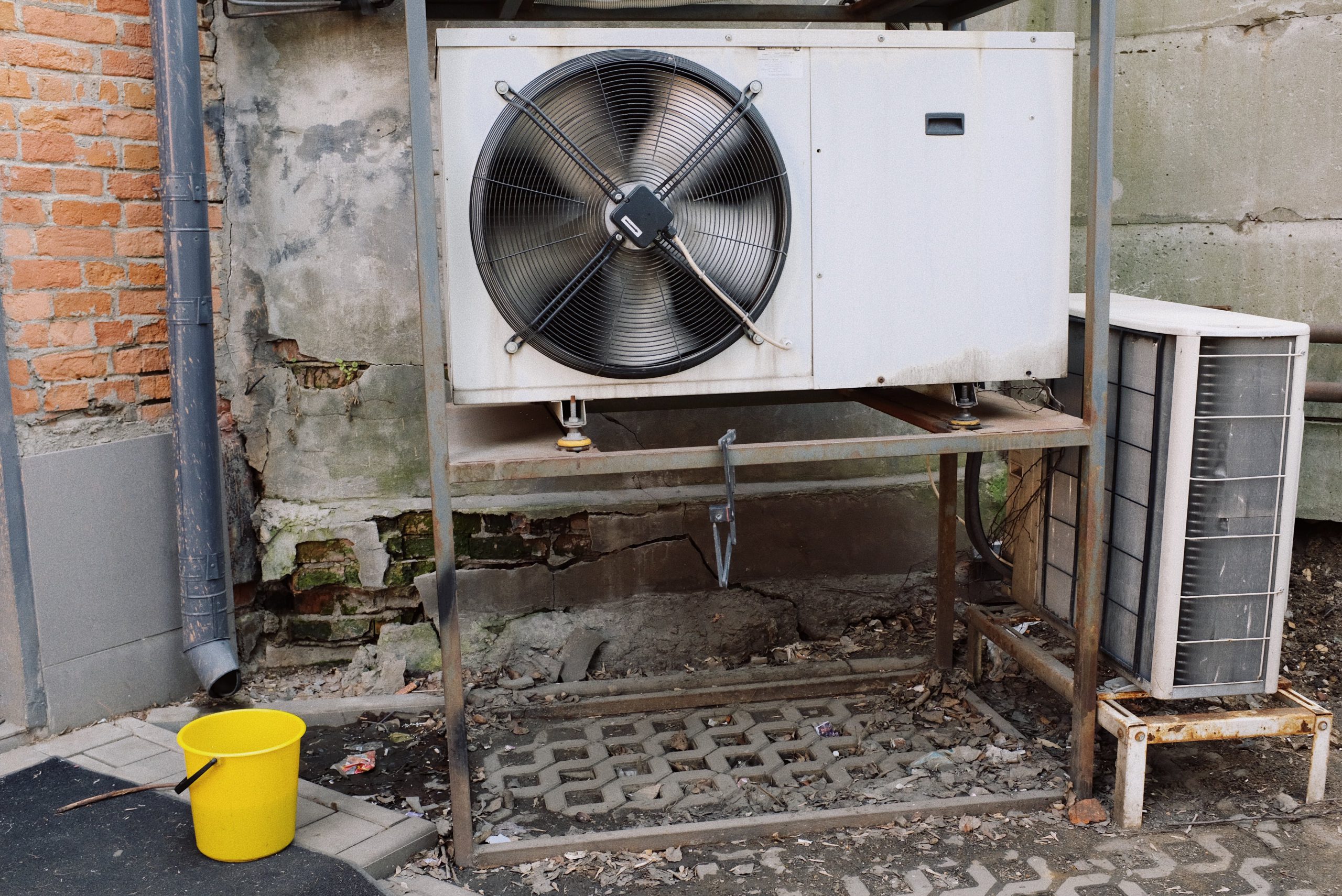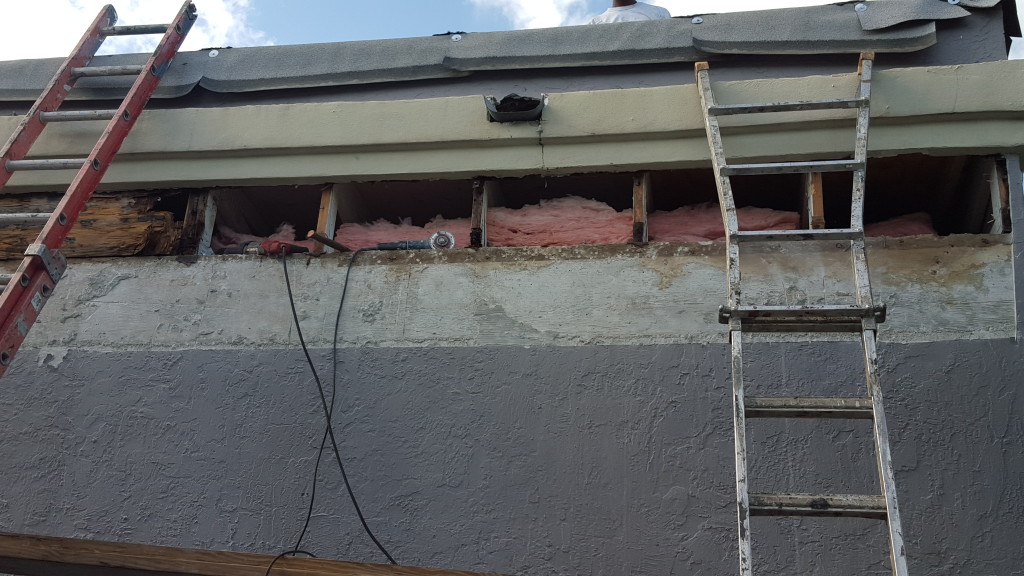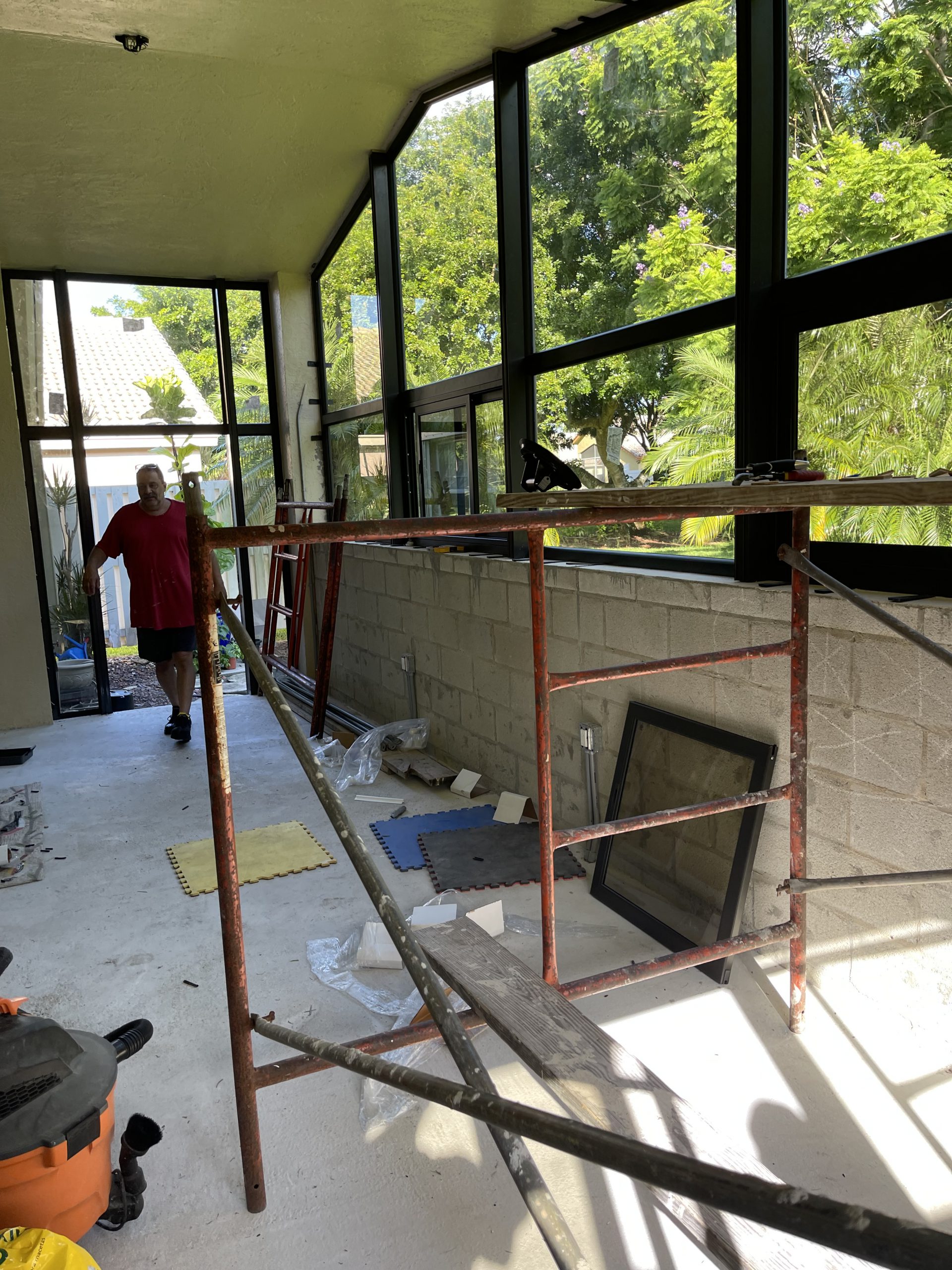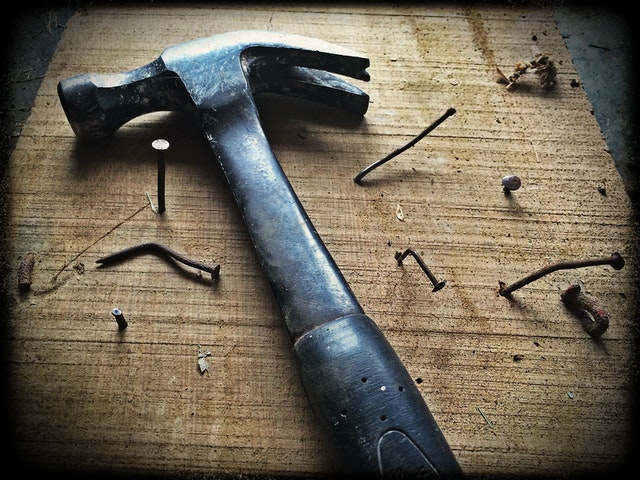Understanding Roofing System Warranties
Residential Roof Warranties
There are two types of warranties for residential roofing systems. The manufactures of the materials and the installing roofing contractor. When dealing with the manufacturers warranty one must keep in mind that roofing systems have many parts and pieces. There is an "underlayment", fasteners and the tiles or shingles. The tile or shingle manufacturer will offer a warranty. But the underlayment and fastener manufactures will not. The tile and shingle makers will warranty their product but not other manufacturers products. So the best result in pursuing a roofing material manufacturer for a warranty claim, will be a pallet of new tiles or shingles delivered to your door. They will not warranty the instillation.
Tile and shingle warranties offer 20, 30 even 50 year warranties. Does this mean your roof will last that long? No! These warranties make claim that their products have been tested in the laboratory being exposed to wind, water and sunlight. The test, they claim, prove that the shingles or tiles can survive the exposure for the period of time offered in the warranty. A 50 year tile warranty, warrants the tile can withstand the equivalent to the exposure it will experience in 50 years.
The second residential warranty is by the roofing company and the roofing contractor. For more information on the relationship of a roofing contractor to a roofing company, READ THIS. The Florida Statute holds the roofing entity responsible for patent and latent defects for a period of ten years. By default your warranty for a new residential roof is 10 years. Residential warranties cover the owner of date and are not transferable when the home is sold.
Commercial Roof Warranties
Prior to the 1980’s long term roofing warranties were virtually unavailable. Roofing at that time really was a craft. Contractors installed roofing systems by convention obtaining materials from suppliers. It did not matter at that time if all the materials used on a roof were single source. It was understood that a Built-Up Roof (BUR) had four plies set in generous moppings of an asphalt flood coat and embedded aggregate. Commercial roofing systems were expected to last 20 or 30 years and the owners understood that there was regular maintenance needed to make that happen. Contractors that cut corners were simply not asked to bid on new projects. Then in the 1980’s the idea of a manufacturer warranty and its marketing value caught on. Consumers would logically find value in a warranty provided by the maker of the materials over their local contractor. Soon, manufactures began a clever campaign turning the warranty from an instrument designed to protect the consumer and product into protection for the manufacturer. Warranties became very complex with prorated value, exclusions of every nature and responsibly delegated to the “owner of date”, that if were not followed would render the warranty null and void. This new trend in warranties ultimately lead to the dilution of the system components and short lived roofing systems. But despite the cleverly worded warranties lawsuits abounded and finally in the late 90’s and early 2000 manufactures began to include some minimum requirements for roofing systems, if they were going to offer a warranty. One of the very best implementation in this period was the need for a representative from that manufacturer to make a personal inspection of the roof. Today, in the wake of this evolution and the recent hurricanes and stricter building codes, the roofing consumer can be assured a better value for his money. Today the premier warranty is referred to as and NDL (No Dollar Limit) and the single responsible party is the manufacturer of the materials.











